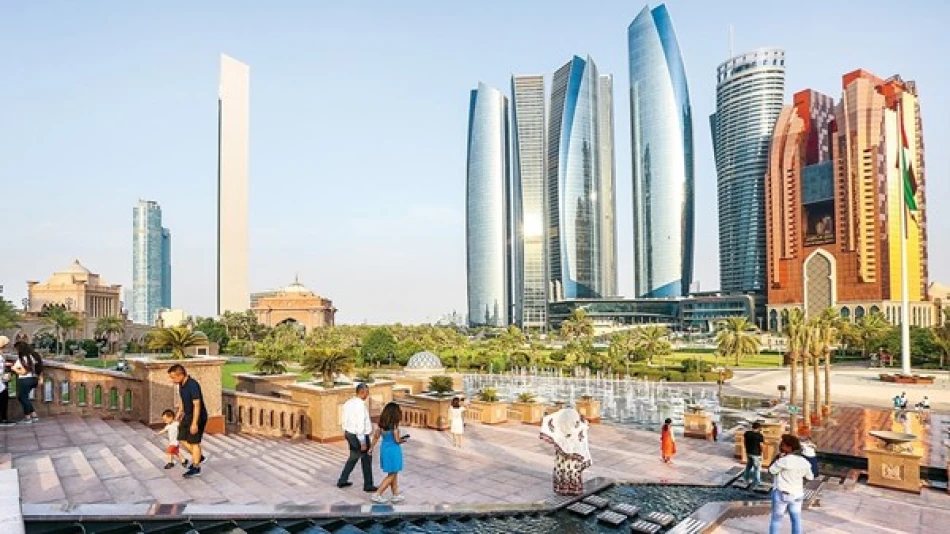
Chance of Rainfall Tomorrow: Exciting Weather Updates for Your Region
UAE Braces for Mixed Weather Conditions as Summer Heat Peaks
The UAE's National Center of Meteorology forecasts a day of varied weather conditions tomorrow, with clear to partly cloudy skies giving way to occasional cloud cover and light morning rainfall. Western regions will experience heightened humidity through Wednesday morning, potentially creating light fog conditions that could impact visibility and transportation across key economic zones.
Regional Weather Patterns Signal Seasonal Transition
Tomorrow's weather reflects the UAE's typical summer-to-autumn transition period, characterized by fluctuating conditions that can significantly impact daily operations across the Emirates. The meteorological center expects southeasterly to northeasterly winds ranging from 10-25 km/h, with gusts reaching up to 35 km/h during daytime hours.
The varied conditions across different emirates highlight the country's diverse microclimates, with coastal areas experiencing different patterns than inland desert regions. This geographic diversity has historically made the UAE an attractive destination for businesses seeking to test products and services across multiple climate conditions within a single country.
Maritime Conditions Favor Commercial Activity
Arabian Gulf Waters
The Arabian Gulf will experience light wave conditions, creating favorable circumstances for the region's crucial shipping and logistics operations. High tide periods are forecast for 15:32 and 03:13, while low tides will occur at 09:01 and 21:02. These conditions support the UAE's position as a major maritime hub connecting Asia, Europe, and Africa.
Sea of Oman Outlook
Similarly calm conditions are expected in the Sea of Oman, with light waves facilitating operations at key ports including those serving the Northern Emirates. The first high tide is scheduled for 11:33, with low tides at 17:54 and 05:44.
Temperature and Humidity Variations Across Emirates
The forecast reveals significant temperature disparities across the seven emirates, reflecting the country's strategic geographic positioning. Liwa is expected to reach the highest temperature at 48°C, while Fujairah will experience more moderate conditions with a maximum of 35°C.
Abu Dhabi and Al Ain will see temperatures reaching 45°C, matching the intense heat that has driven the UAE's massive investments in cooling infrastructure and renewable energy projects. Dubai, Sharjah, Ajman, Umm Al Quwain, and Ras Al Khaimah will experience slightly cooler maximums of 43°C.
Humidity Levels Present Mixed Challenges
Humidity variations across the emirates will create distinct comfort and operational challenges. Fujairah leads with maximum humidity levels of 90%, while Al Ain and Liwa will experience drier conditions at 55% maximum humidity. These variations directly impact energy consumption patterns, with higher humidity areas requiring more intensive air conditioning systems.
The coastal emirates of Abu Dhabi, Dubai, and the Northern Emirates will see humidity levels ranging from 75-85%, typical for their maritime locations but requiring continued infrastructure adaptations for both residents and the millions of annual visitors to these economic centers.
Economic and Operational Implications
These weather conditions arrive as the UAE continues positioning itself as a global business hub, with climate management playing a crucial role in maintaining operational efficiency. The country's substantial investments in weather monitoring and prediction capabilities support its aviation sector, which serves as a critical connection point for international travel and cargo.
For businesses and residents, the mixed conditions underscore the importance of the UAE's advanced infrastructure systems, from climate-controlled environments to sophisticated transportation networks designed to operate effectively across the region's challenging weather patterns.
Most Viewed News

 Layla Al Mansoori
Layla Al Mansoori






